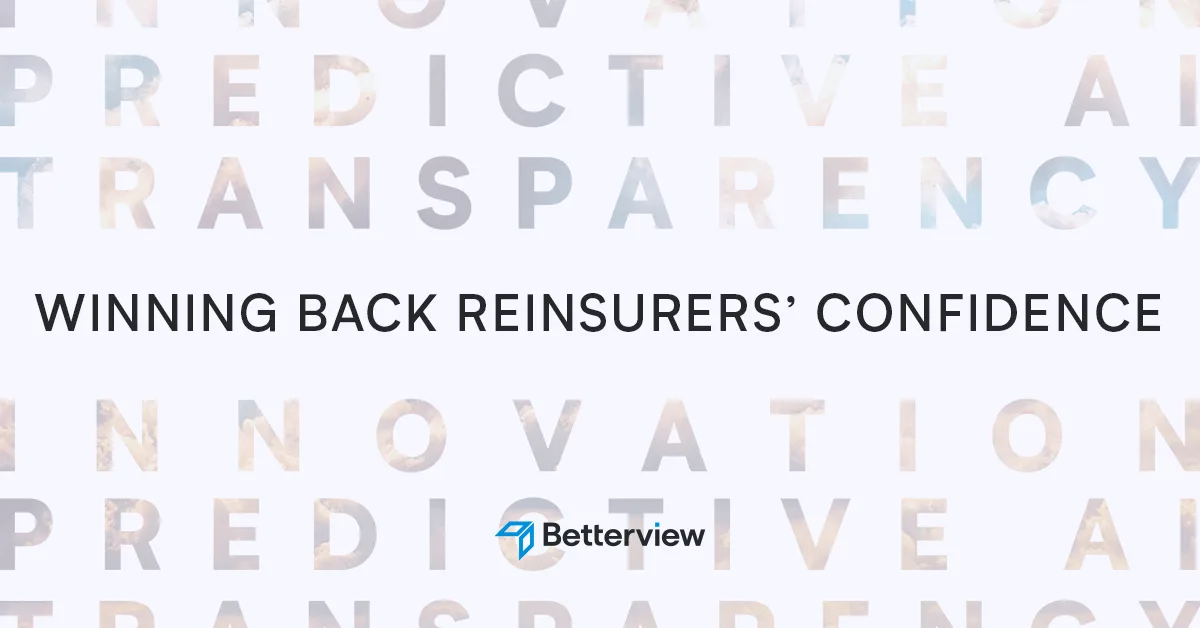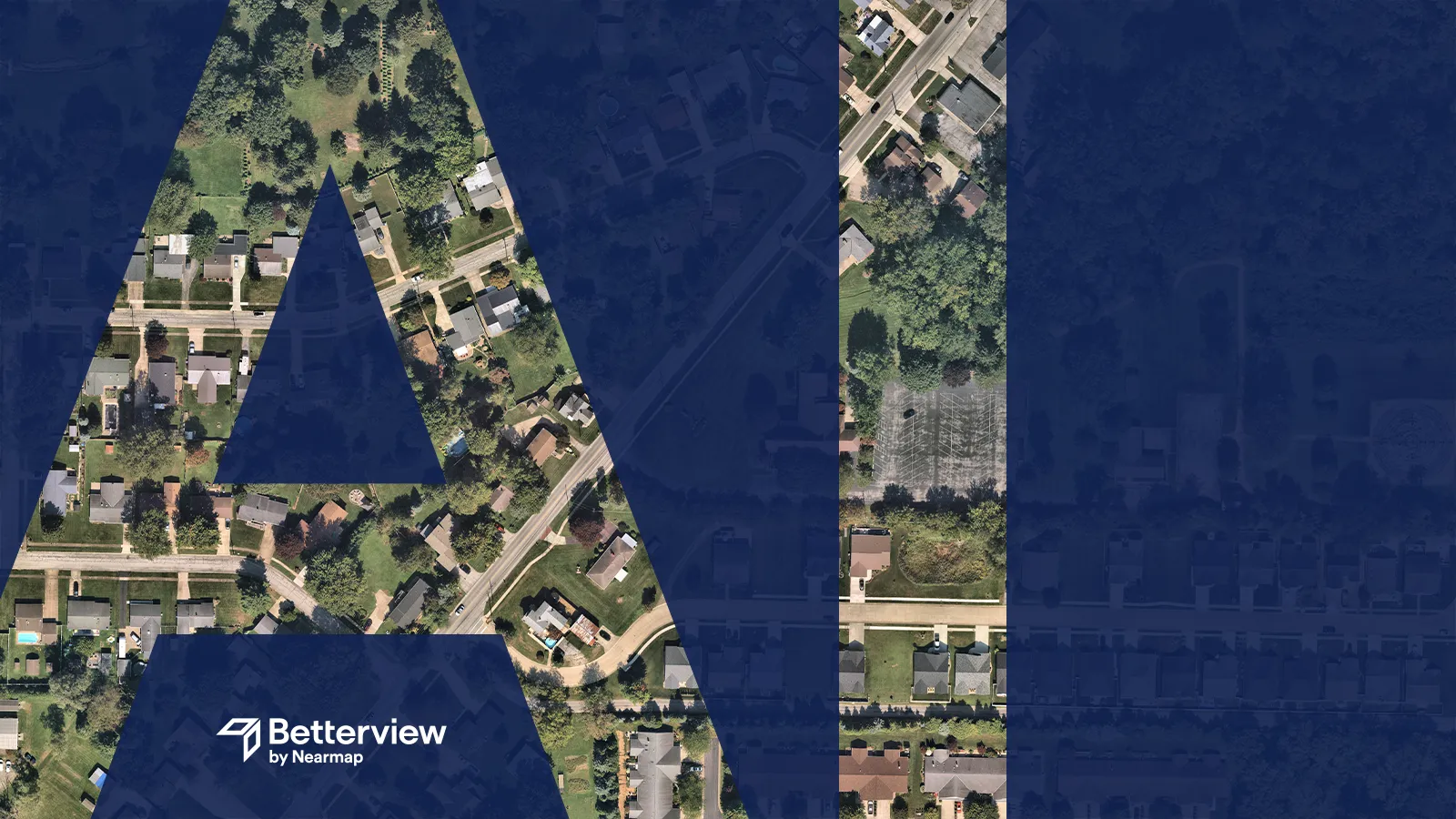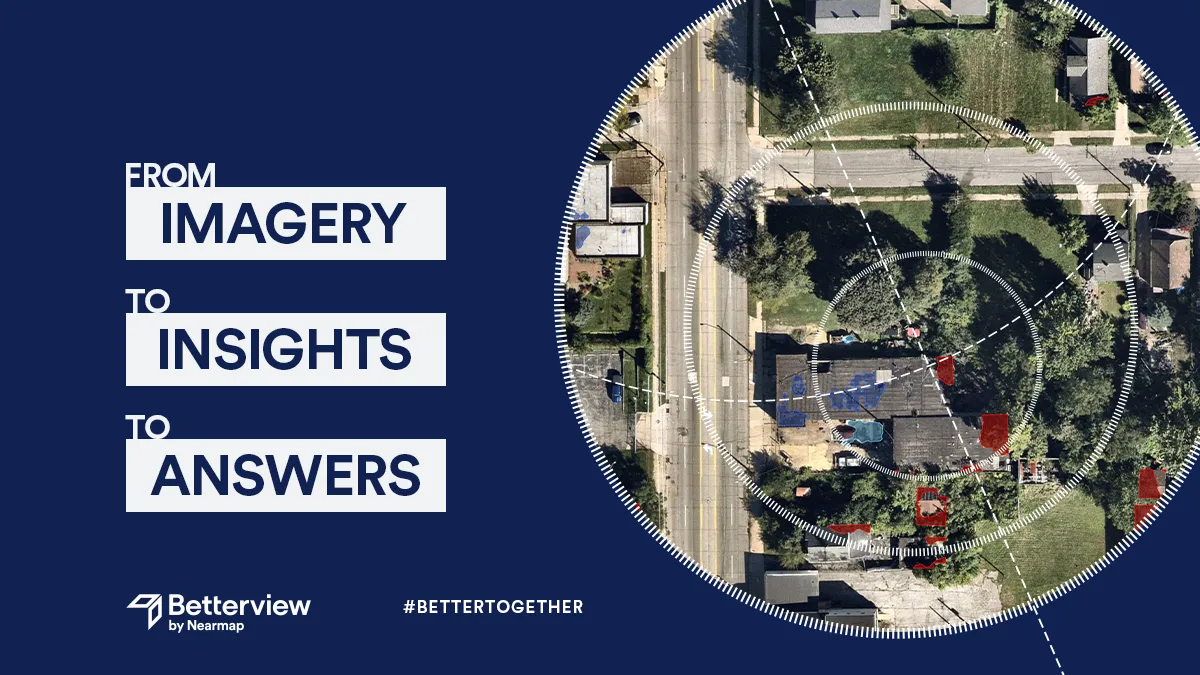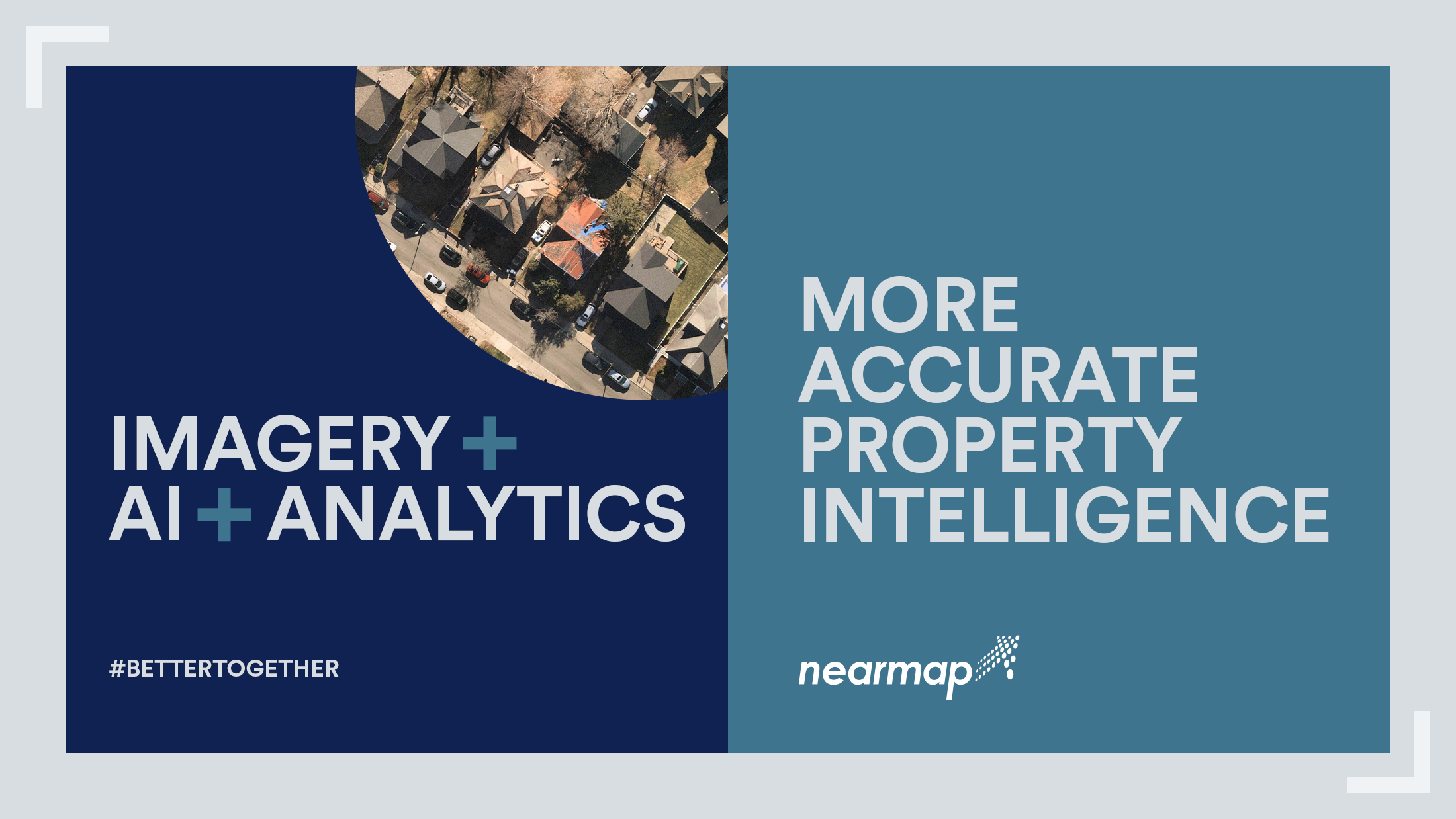How AI Can Keep P&C Insurers Profitable
How can P&C insurers remain profitable in 2024?

Property reinsurance rates are at their highest in 17 years. Factors such as shifting weather patterns, record losses, and economic uncertainty have affected reinsurer confidence, leading to steep mid-year rate increases. To unlock future growth and earn reinsurer trust, insurers must: leverage innovative technology to manage evolving risks and adopt a philosophy of radical transparency. Those that don’t will be left behind.
Innovation: An Urgent Opportunity
Reinsurers want to have full confidence in the risks they underwrite. However, with increased losses and rising replacement costs, they have no choice but to be more selective. To bolster confidence, primary carriers must prove their ability to adapt amidst a challenging risk climate. The first step? Master new technologies quickly.
The rapid advancement of technology, such as recent developments in generative artificial intelligence (AI), is transforming every industry, including insurance. A 2022 report from Accenture found that 65% of claims executives plan to spend more than $10 million on AI, and 80% believe these technologies offer value. Munich Re’s Patrick Greene notes in a recent Reinsurance News article that reinsures hold this view. Greene emphasized the importance for insurers to integrate AI immediately for efficient claims and underwriting processes. He also stressed these technologies will soon not be optional for carriers – at least, not if they want to obtain reinsurance.
Still, insurance tends to trail other industries in embracing new technology. In the same Accenture report, fewer than half of those polled said their organization was advanced in automation. Notably, while the cost of many AI solutions has decreased, the number of insurers reporting financial benefits from AI has increased from 10% to 20%.
Amidst this technological shift, insurers can distinguish themselves from their more conservative competitors. By enthusiastically adopting AI, Machine Learning (ML), and Computer Vision (CV), carriers can prove to reinsurers they are forward-thinking and adaptable. Many insurers are already doing exactly this to:
These examples highlight how AI can boost efficiency and reduce expenses, which is crucial for carriers partnering with reinsurers. But perhaps even more compelling is the predictive power of AI – its ability to anticipate and even avoid future claims.
The Predictive Power of AI
Catastrophic and severe weather events, coupled with a 50% increase in catastrophe rates at July renewals, underline the urgency for reinsurers to address increased losses. The problem isn’t just natural disasters either. Secondary perils like convective storms have also become a significant loss driver, accounting for 68% of all catastrophic loss dollars in the first half of 2023, Swiss Re reported. In response, some major carriers have stopped writing business in high-risk states like California and Florida. This is not a long-term solution, though, and certainly does not endear these companies to their policyholders.
The better path forward is to harness the predictive power of AI. AI models can proactively identify properties vulnerable to damage and even estimate potential damage, proving paramount in rebuilding reinsurer trust. Most impressive of all, AI-powered risk insights show what steps can be taken to reduce or avoid losses entirely. At a time when government weather models are viewed as increasingly outdated, insurers need to prioritize investing in predictive AI.
The ideal AI models should analyze both regional hazard data and property-level vulnerability:
Carriers can and must use predictive AI to mitigate losses, proving to reinsurers that they are a safe investment moving forward. Imagine a carrier providing coverage in a coastal region prone to floods and hurricanes. Since roof staining, roof material, and tree overhang are strongly correlated with hurricane losses, they can flag properties exhibiting those factors while straight-through-processing ones less vulnerable to damage. They can then contact the policyholders in advance of an event to notify them of their risk level.
If a policyholder simply repairs their roof or trims some vegetation, they could significantly reduce their vulnerability, potentially avoiding future losses. In another example, an insurer could use CV-powered CAT models to monitor and predict the path of a wildfire, notifying policyholders in real time whether they are at risk. By using AI as a predictive tool, everyone wins. Insurers reduce the possibility of a major loss, policyholders attain a competitive premium, and – most relevant for this article – reinsurers trust the risks they are underwriting.
The Imperative of Transparency
Another important point should be clarified. Yes, embracing digital transformation, particularly the predictive capabilities of AI, is the best way for insurers to regain confidence from reinsurers. But that is not enough on its own. If they really want to succeed, carriers must marry innovation with a philosophy of radical transparency.
Reinsurers value transparency. Carriers must not only claim AI use but also transparently show its application, avoiding 'black box' technologies. In other words, reinsurers need AI to be explainable. Can insurers show confidence scores and accuracy levels for the AI models they use? Can they pinpoint the exact property condition attributes that contributed to an overall risk score? Reinsurers want to know if their primaries have a sophisticated and explainable system in place for managing risk. The more they can look at the nuts and bolts of this system, the greater their trust.
Embracing innovative technology and prioritizing transparency is key for insurers to foster stronger ties with reinsurers. Moreover, this dual focus doesn't only benefit business-to-business relations; it ripples out to instill greater trust in policyholders. In essence, confidence in an insurer's process naturally boosts faith across the entire insurance ecosystem. To foster continued growth amidst an unpredictable future and to maintain strong relationships with reinsurers, P&C insurers will greatly benefit from embracing innovation and transparency.
Reprinted with permission from the Sept. 25, 2023 edition of Insurance Thought Leadership. ©2023 Insurance Thought Leadership, Inc. All Rights Reserved. Further duplication without permission is prohibited. All rights reserved. Original article can be found online here.

How can P&C insurers remain profitable in 2024?

What does the Nearmap acquisition of Betterview mean for the insurance industry?

The insurance industry, and the technology that supports it, have seen significant change over the last few years. New technology continues to come...